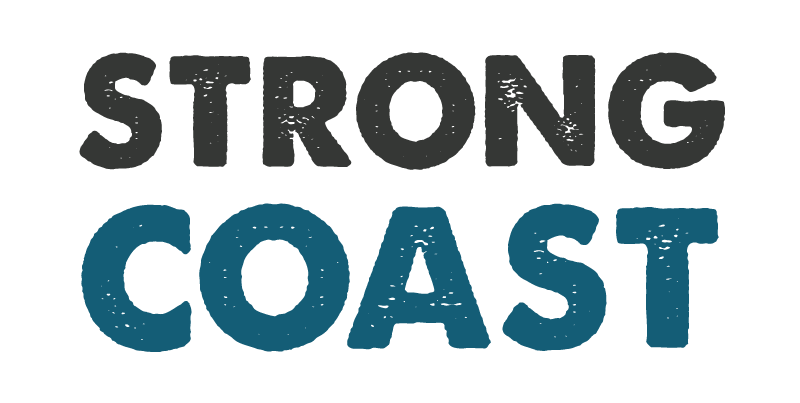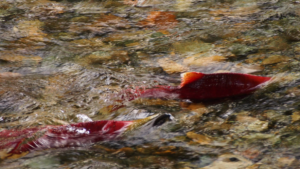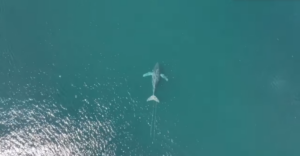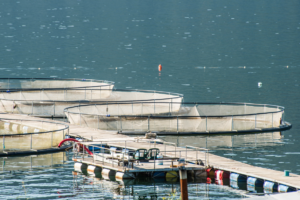
The recent endorsement by the Canadian government of a network of marine protected areas (MPAs), from the northern tip of Vancouver Island to the Alaska border, represents a significant leap in coastal protection strategies.

Coastal First Nations, a coalition at the forefront of this coastal protection strategy, sees the network of MPAs as an opportunity to engage more people in the future prosperity of our coast. CEO Christine Smith-Martin emphasized that this initiative is not only for the benefit of Indigenous communities but for everyone who values the coast. This sentiment was echoed at IMPAC5, a global conference on marine conservation held in Vancouver, where the Canadian and BC governments officially supported this strategy.
A key goal of the plan is to protect 30% of northern BC waters by 2030. This target will transform the existing fragmented protected areas into a cohesive network, with the potential to significantly recover fish stocks. This approach to coastal protection is not only about preserving biodiversity but also about ensuring the sustainable use of these resources for our children and grandchildren.
How Coastal Protection and Economic Prosperity Are Linked
Without strong coastal protection measures, BC’s waters are vulnerable to threats of exploitation. Local communities that depend on the abundance of these waters have already been seeing the negative effects of industrial exploitation as fish populations have dwindled over the decades due to overfishing and other harmful practices like trawling.

Central to this plan is the expansion of First Nations Guardianship programs, which play a crucial role in monitoring and enforcing regulations up and down our coast. These programs are essential, acting as vigilant “eyes and ears out in the territory,” says Smith-Martin.
Smith-Martin’s vision extends beyond conservation; it’s about fostering a sense of shared responsibility and participation. With plans already in motion and further discussions with coastal communities on the horizon, this MPA initiative hopes to simultaneously address the economic concerns of local residents as well as environmental concerns.
The message is clear: inaction is not an option. If we fail to protect our coasts, the future of fishing and the health of our marine ecosystems are at stake. This strategy was aptly described by Smith-Martin as a “bold step forward.” It’s a commitment to preserve the coast, not just for the present but for the sustainability and prosperity of future generations.
Read West Coast Now’s informative interview with Smith-Martin and find out how the Great Bear Sea Marine Protected Area Network will continue to economic prosperity on BC’s coast.




